search:the aged niche disrupts muscle stem cell quiescenc相關網頁資料
the aged niche disrupts muscle stem cell quiescenc的相關文章
the aged niche disrupts muscle stem cell quiescenc的相關公司資訊
the aged niche disrupts muscle stem cell quiescenc的相關商品
瀏覽:674
日期:2024-04-25
Martin Knight and his colleagues from the Queen Mary’s School of Engineering and Materials Science and the Institute of Bioengineering in London, UK have shown that growing adult stem cells on micro-grooved surfaces disrupts a particular biochemical pathw...
瀏覽:603
日期:2024-04-24
3. The Epidermal Stem Cell Niche The epidermis is comprised of at least three major stem cell populations: the hair follicle bulge, the sebaceous gland, and the basal layer of interfollicular epithelium [21]. Because these subpopulations are responsible f...
瀏覽:1183
日期:2024-04-19
2.2. In vitro studies Recent work has examined the contribution of muscle to the blastema because myofibers/myotubes are readily identified and clearly represent a differentiated cell type. Muscle cell culture experiments are focused around Newt A1 and mo...
瀏覽:1369
日期:2024-04-20
Induced stem cells (iSC) are stem cells artificially derived from somatic, reproductive, pluripotent or other cell types by deliberate epigenetic reprogramming. They are classified as either totipotent (iTC), pluripotent (iPSC) or progenitor (multipotent—...
瀏覽:698
日期:2024-04-24
Christopher D Baker, MD University of Colorado Anschutz Medical Campus Stem Cell Biology & Stem Cells and Disease Links Dr. Baker studies pulmonary vascular development and how pre-term birth disrupts this normal process to cause bronchopulmonary ......
瀏覽:765
日期:2024-04-25
Nuclear DNA Somatic mutations accumulate within cells from aged humans and model organisms (Moskalev et al., 2012). Other forms of DNA damage, such as chromosomal aneuploidies and copy-number variations have also been found associated with aging (Faggioli...
瀏覽:1139
日期:2024-04-25
Cristi L. Stoick-Cooper 1, 2, Randall T. Moon 1, 4, and Gilbert Weidinger 3 1 Department of Pharmacology, Howard Hughes Medical Institute, and Institute for Stem Cell and Regenerative Medicine, University of ......
瀏覽:1379
日期:2024-04-24
Nuclear DNA Somatic mutations accumulate within cells from aged humans and model organisms (Moskalev et al., 2012). Other forms of DNA damage, such as chromosomal aneuploidies and copy number variations, have also been found associated with aging (Faggiol...

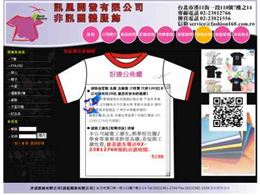


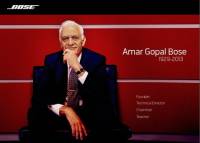


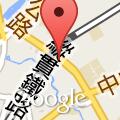






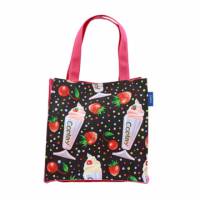
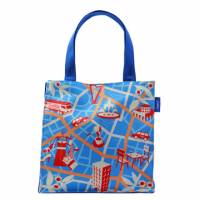


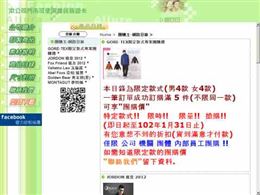






![[限量預購] 小腰機物聯網智慧空氣清淨機,6道過濾還給家人新鮮乾淨空氣](https://www.iarticlesnet.com/pub/img/article/71016/1447226471907_xs.png)



![iPhone 6 不可放褲袋 機背竟會染上顏色 [有相為證]](https://www.iarticlesnet.com/pub/img/article/67273/1414052496396_xs.jpg)





